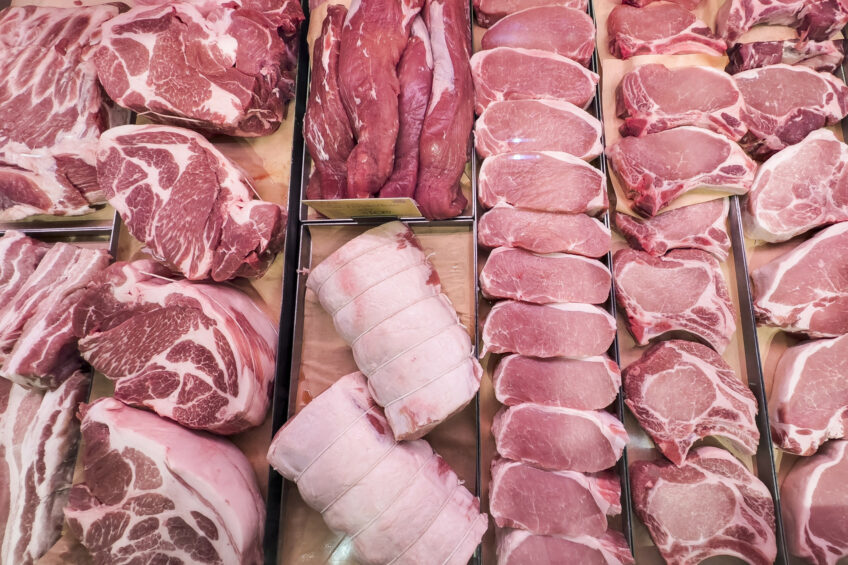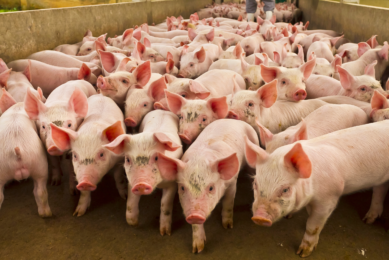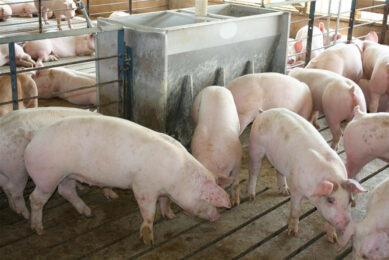US pork industry news round-up: marketing campaign, award and more

Among recent US pork sector developments is an announcement that the National Pork Board is developing a consumer-oriented marketing campaign.
It is intended “to win more hearts and minds for pork, in particular Millennial and Gen Z Americans, whose consumption of pork continues to decline.”
The new vice president of demand development, Patrick Fleming, will lead “a revolutionary, data-driven approach to make pork more relevant to more Americans.” Flemings says. “The pork industry needs to unapologetically claim the position of taste and flavour for both fresh and further processed product.”
Leadership award
Paul Willis, founding hog farmer of Niman Ranch, has received the Specialty Food Association Leadership Award for Sustainability. Niman Ranch is a community of over 600 independent family farmers and ranchers. “Paul grew Niman Ranch from his one-family farm to a network today of over 600 Certified Humane independent family farmers and ranchers raising pork, beef and lamb sustainably and with no antibiotics, hormones or crates.”

Protecting market choice
Among the current concerns for the National Pork Producers Council (NPPC) is another new rule proposed by the US Department of Agriculture amending the ‘Packers and Stockyards Act.’ The NPPC considers this proposal “another attempt to circumvent longstanding legal precedents requiring that both USDA and private plaintiffs bringing a claim showing proof of anticompetitive harm.”
The NPPC believes this rule “is likely to increase frivolous and costly litigation in the pork industry and reduce market choice. Additionally, it may overlap in unforeseen ways with recently finalised rules.”
Tariffs: China and The Philippines
The NPPC has submitted comments relating to “the Biden administration’s decision to continue Section 301 tariffs on Chinese goods and introduce additional duties on new products. US producers are concerned about additional retaliatory duties on U.S. pork exports to China and the effects the 301 tariffs could have on key imported ingredients and inputs used in agricultural production.”
Meanwhile, the Philippines has extended until 2028 its lower tariff rates on imported pork in order to fight inflation and ensure sufficient supplies of pork and other commodities. This is good news for the US pork sector. The country has 114 million people and is among the top 10 biggest US pork export markets. In 2023, more than $109 million USD of pork products went to the island nation.
Supply chain
The NPPC also recently submitted comments to the International Trade Administration and the US Department of Commerce on assessing and analyzing risk in global supply chains. It urged the government “to work in forums with like-minded ‘friends’ for stronger international rules, technical standards and approaches to regulation. A strong strategy of engagement on international and multilateral technical standards will help serve US commercial interests and supply chain resiliency in the future.”
Relating to the domestic supply chain, the USDA will hold a stakeholder meeting to gather input on swine and pork marketing methods and the Livestock Mandatory Reporting programme. This programme requires meatpackers to provide information to USDA such as the prices they pay for hogs, cattle and lambs.
In addition, several representatives from the NPPC met with USDA officials on standards for an enhanced live swine traceability system that can improve the US pork industry’s ability to control the spread of a foreign animal disease and lessen the economic impact of an outbreak.
Ensuring port function
Also relating to the supply chain, a coalition of agricultural associations including the NPPC has written to the US government, urging the provision of “any and all support” to help those representing East Coast and Gulf of Mexico port workers and terminal operators reach a new labour agreement before the current one expires.
About 60% of US pork exports are transported by ocean freight, with nearly 45% being shipped from East Coast and Gulf ports. There were several disruptions in 2014 and 2015 at West Coast ports, which “cost the US meat industry millions of dollars in lost export sales.”











